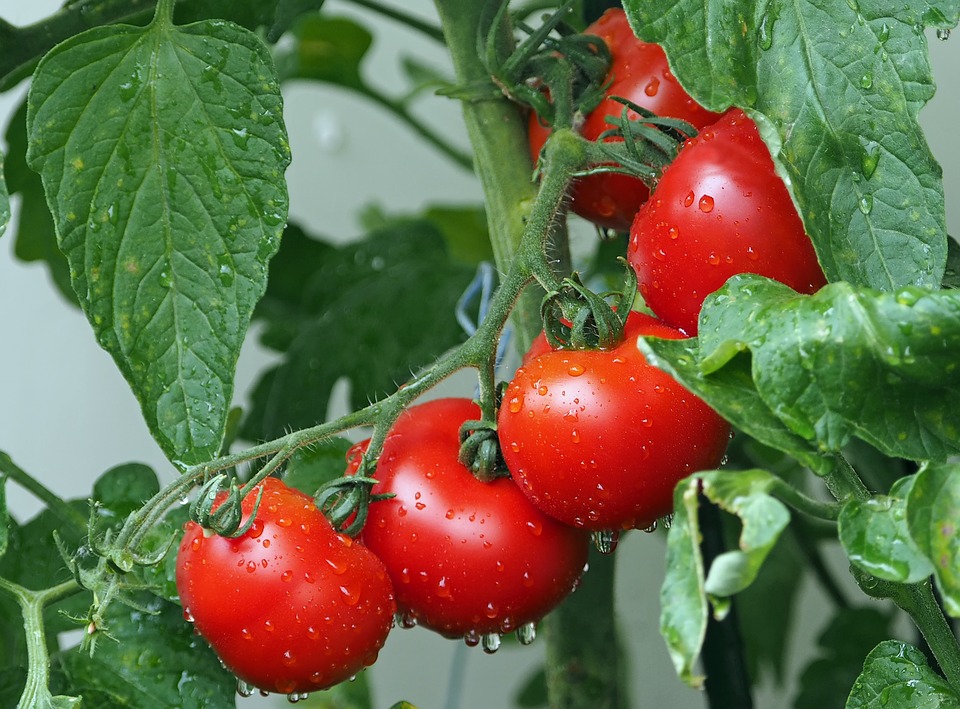By Jasper Shotts
Plants, like people, need the proper number of nutrients to thrive. Seventeen elements are utilized by plants for optimum growth and production; they are divided into categories: primary, secondary, micro and non-mineral.
The primary nutrients are nitrogen, phosphorus and potassium. Primary nutrients are required in greater amounts than other nutrients. Nitrogen is the backbone of proteins and enzymes that regulate metabolic processes. Nitrogen promotes rapid growth and improves leaf and forage crops and is necessary for chlorophyll formation and photosynthesis. Nitrogen for plants usually comes from fertilizers, except in the case of legumes or other nitrogen fixing varieties that acquire nitrogen from the atmosphere. Phosphorus is essential for photosynthesis. It encourages root growth, blooming and a plant’s ability to withstand stress. Phosphorus comes from fertilizers such as bone meal, superphosphate and triple phosphate. Potassium is used in both photosynthesis and protein synthesis. Potassium promotes a healthy plant, improving resistance to diseases and pests.
Secondary nutrients, sometimes called intermediate nutrients, are magnesium, sulfur and calcium. Magnesium is bound in the center of the chlorophyll pigment. Also, it acts as an activator for many plant enzymes. Organic material, fertilizers and dolomite lime are sources of magnesium. Sulfur improves root growth and seed production. It also promotes activity and development of enzymes, helps with vigorous plant growth, aids resistance to cold, and is utilized for production of proteins. Sources of sulfur include fertilizers, gypsum, langbeinite and rain water. Calcium is part of the cell wall in plants and is utilized for transport and retention of other elements within the plant. Sources of calcium include gypsum, super phosphate, dolomite lime and worm castings.
Micronutrients include boron, chloride, manganese, iron, copper, zinc, molybdenum and is express in parts per million (ppm). Boron aids production of sugars and is essential in seed and fruit development. Sources of boron are borax, organic matter and boric acid. Chloride aids plant metabolism and is found in the soil. Copper is important in reproductive growth and the utilization of proteins. Manganese affects nitrogen metabolism and enzyme systems, as does molybdenum. Zinc plays an important role in the enzyme systems. Manganese, molybdenum, zinc and copper are found in the soil or through chelated metal complexes. Iron is essential for the formation of chlorophyll; it is found in the soil, chelated metals and worm castings.
The remaining elements used are non-mineral and get utilized in photosynthesis. They are hydrogen, oxygen and carbon. Sources are carbon dioxide from the atmosphere and water taken up from the roots. These nutrients sometimes get lumped in with the major nutrients because they are used in abundance by a plant.
The pH of the soil is extremely important. The ideal range being 6-6.5 for most plants that aren’t ‘acid loving’ like blueberries are. When the pH shifts too far out of the desired range the metals in the soil become insoluble and cannot be up took by the plant. Effectively, these nutrients get locked into the soil. What is pH? It is the relative amount of H+ (or hydronium ion) and is measured on a logarithmic scale. Mathematically it is the negative log of the concentration of hydronium. Thus, the difference between 6 and 7 (which is ‘neutral’) is a concentration difference of 10 times.
Article Produced by Green Magi Labs Inc. www.greenmagilabs.com

